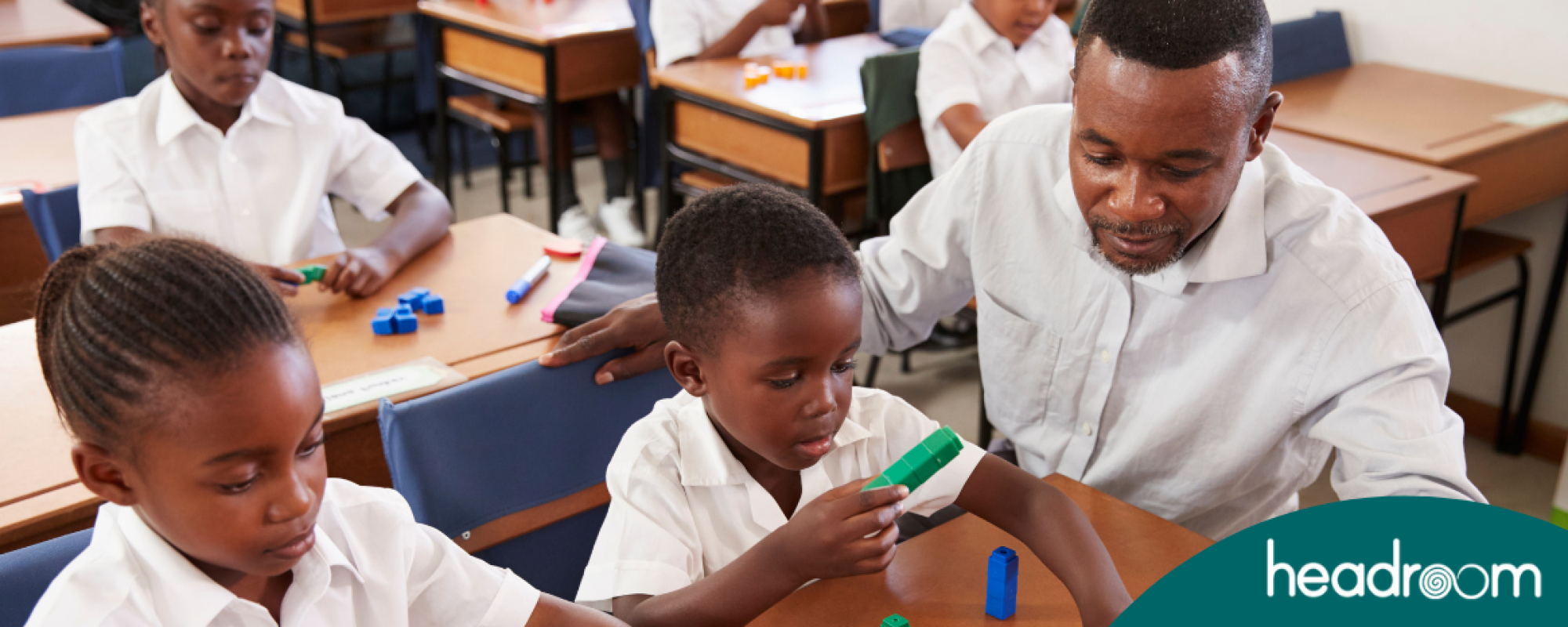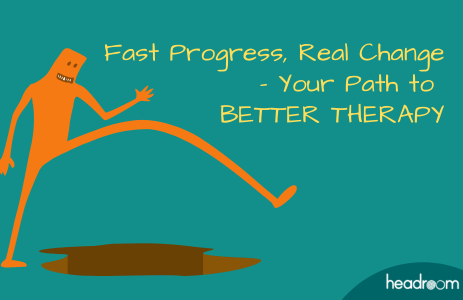From the community to the classroom, the realities of students’ external environments impact their behavior and learning experiences. For teachers in South Africa and other parts of Africa, this connection between community and classroom is clear, as students bring with them the effects of family hardships, economic instability, and social pressures. With limited resources, teachers must creatively and compassionately navigate these challenges, creating a supportive environment that addresses community-driven behaviors and fosters resilience.
In this article, we’ll explore practical, cost-effective strategies for managing these behaviors, including engaging parents, building teacher-student relationships, and fostering emotional resilience. By understanding the roots of behavior and leveraging the community as a resource, we can better support our students.
Understanding How Community Dynamics Shape Student Behavior
The Social and Economic Realities Influencing Behavior
In many African communities, issues like poverty, unemployment, and family instability affect students’ well-being and behavior. These factors can lead to behaviors in the classroom like aggression, withdrawal, or lack of focus. For instance, children experiencing food insecurity or family stress may struggle to engage and self-regulate in class.
Psychological Impact of Community Trauma
Chronic exposure to instability, violence, or other forms of trauma influences students both biologically and psychologically. Elevated stress hormones like cortisol can make children more irritable and anxious, leading to difficulties in focus and impulse control (Shonkoff, 2010). Psychologically, students exposed to trauma may have trouble trusting others, impacting their relationships with peers and teachers alike.
Understanding these behaviors as responses to external pressures allows us to approach students with empathy, recognizing that disruptive behaviors are often manifestations of deeper struggles.
Strengthening Teacher-Parent Collaboration to Support Students
One of the most effective strategies for managing community-driven behaviors is building a strong connection with parents or guardians. Even without additional resources, engaging parents can create a foundation of consistency and support for students, reinforcing positive behaviors and addressing challenges together.
1. Simple, Regular Communication
Establishing a routine of communication with parents can build trust and foster partnership. Regular updates—whether through monthly notes, weekly SMS messages, or quick chats at pick-up times—can make a big difference. Sharing both positive feedback and areas for growth encourages parents to engage and participate in their child’s development.
2. Encouraging Informal Meetings with Parents
Informal meetings can provide a relaxed setting for discussing student progress and behavior. Brief, friendly conversations during pick-up or after school give teachers a chance to connect with parents on specific ways they can support their child at home, creating a team approach without requiring formal resources.
3. Sharing Practical Behavioral Strategies
Many parents may not know how to address behavioral issues, so offering simple techniques can empower them. For example, providing a quick tip on how to use positive reinforcement or model calm responses at home can help parents support self-regulation skills and reinforce behaviors that we aim to cultivate in the classroom.
4. Creating a “Home-School Connection” Journal
A small journal that moves between home and school is a low-cost tool for ongoing communication. Teachers and parents can both note observations about the student’s behavior, challenges, or achievements, creating a shared record. This practice helps parents feel connected to their child’s school experience and encourages collaborative support.
Classroom Strategies for Managing Community-Driven Behaviors
In addition to parent engagement, there are several practical, resourceful strategies that can help teachers foster a supportive and stable classroom environment.
1. Introducing a “Calm Corner” for Self-Regulation
A “calm corner” within the classroom—a quiet, comfortable space equipped with a few sensory items or visual aids for deep breathing—can help students reset emotionally without disrupting the class. This provides students with an opportunity to self-regulate, demonstrating that emotional well-being is a priority.
2. Using Peer Mentorship as a Positive Model
Peer mentorship can be an effective way to encourage positive behavior. Assigning a “buddy” or mentor gives students a positive role model within the classroom, while also promoting social bonds and collaboration. For students struggling with emotional regulation, peer mentorship offers a model for constructive behavior.
3. Developing an “Emotion Vocabulary” for Expression
Many students lack the vocabulary to describe their emotions accurately, which can lead to frustration and disruptive behavior. By teaching emotion words and using simple visuals or charts, we can help students communicate their feelings in a constructive way, reducing misunderstandings and promoting a calmer classroom environment.
4. Role-Playing for Conflict Resolution Skills
Role-playing scenarios help students practice handling difficult situations in a controlled, supportive setting. For example, simulating a disagreement or a challenging social interaction teaches students practical skills for problem-solving and empathy. Role-play is a valuable method for fostering emotional resilience and is a cost-effective classroom tool.
Addressing Common Challenges with Community-Driven Behaviors
Navigating behaviors influenced by external issues isn’t without its challenges. Here are some difficulties teachers often face:
-
Emotional Impact on Teachers: Supporting students with complex needs can lead to compassion fatigue and burnout, affecting teachers’ well-being.
-
Balancing Academic and Emotional Needs: Managing behavioral challenges while covering curriculum content can be difficult, especially in large classes.
-
Resistance to Authority: Students from high-stress environments may struggle with authority figures, leading to defiance or distrust in the classroom.
-
Lack of Reinforcement at Home: Without consistent support from home, behavioral changes developed at school may not be reinforced outside of it.
Acknowledging these challenges helps us be more patient with ourselves and encourages us to seek resources for support.
How Coaching, Counseling, and Therapy Can Support Teachers and Students
Professional support, when accessible, offers invaluable assistance for teachers and students alike. Here’s how various types of support can help address community-driven behaviors:
1. Coaching for Practical Strategy Development
Educational coaching provides teachers with customized techniques for addressing classroom challenges. Coaches can suggest methods for de-escalating conflicts, setting boundaries, and managing emotions. This guidance strengthens teachers’ confidence and resilience, helping us navigate complex situations effectively.
2. Counseling for Compassion Fatigue and Resilience
Counseling provides teachers with a safe space to process their emotional responses to community-driven challenges. It offers tools for managing compassion fatigue and building resilience. For students, counseling sessions offer structured support in managing trauma, stress, and emotional difficulties linked to their home environments.
3. Therapeutic Modalities for Student Self-Regulation
Therapeutic approaches can help students understand and manage their emotions. Techniques like Trauma-Informed Cognitive Behavioral Therapy (CBT) allow students to reframe negative thoughts related to past experiences, while art or play therapy provides younger students with creative outlets to process emotions. Peer support programs within schools also foster a sense of belonging, reducing isolation and promoting positive behavior.
Call for Your Reflection
Navigating external issues reflected in student behavior is challenging yet essential for creating a supportive learning environment. Reflect on these strategies and consider how you might integrate them into your classroom. For ongoing insights and support, subscribe to our newsletter, share your experiences in the comments, or attend one of our webinars. Together, we can foster classrooms where every student feels understood and supported, regardless of their background.
References
Bronfenbrenner, U. (1979). The Ecology of Human Development: Experiments by Nature and Design. Harvard University Press.
CASEL. (2013). The CASEL Guide to Effective Social and Emotional Learning Programs. Collaborative for Academic, Social, and Emotional Learning.
Kabat-Zinn, J. (2003). Mindfulness-Based Interventions in Context: Past, Present, and Future. Clinical Psychology: Science and Practice, 10(2), 144-156.
Pennebaker, J. W. (1997). Writing About Emotional Experiences as a Therapeutic Process. Psychological Science, 8(3), 162-166.
Shonkoff, J. P. (2010). Building a New Biodevelopmental Framework to Guide the Future of Early Childhood Policy. Child Development, 81(1), 357-367.
Vygotsky, L. S. (1978). Mind in Society: The Development of Higher Psychological Processes. Harvard University Press.




